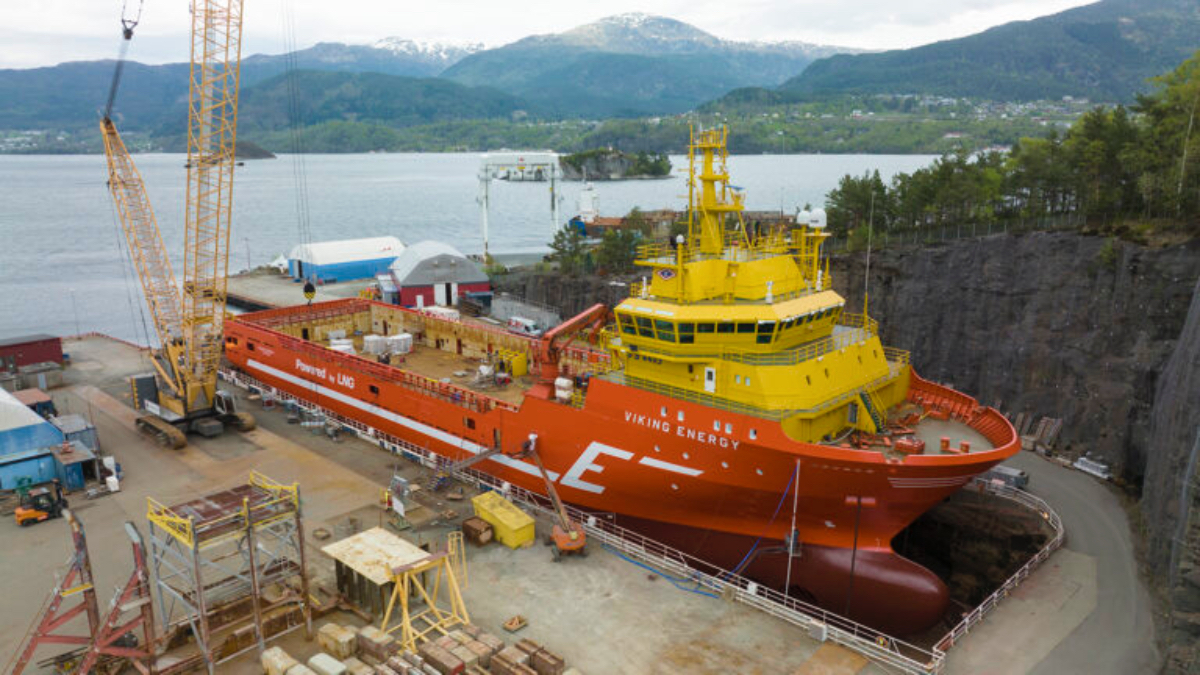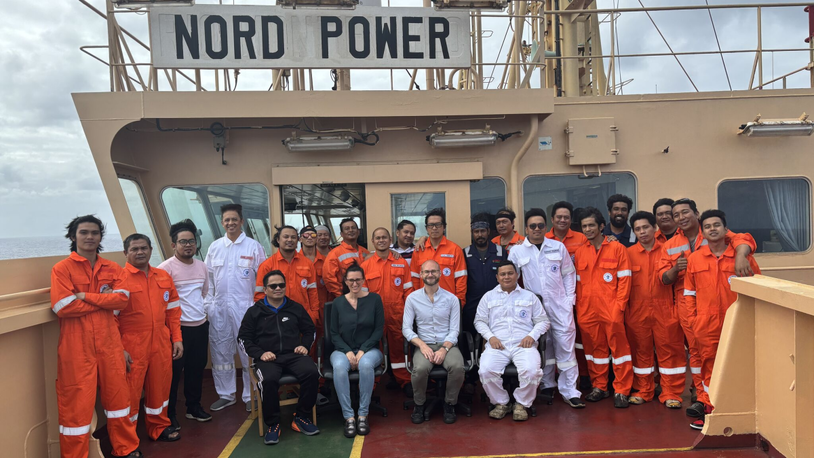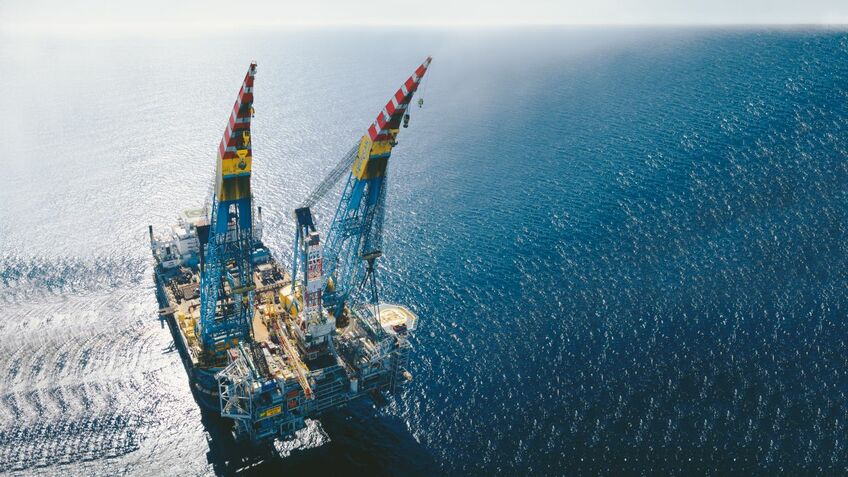Business Sectors
Events
Contents
Register to read more articles.
Study to shed light on future fuel usage in OSVs
A study commissioned by the Norwegian Shipowners’ Association (NSA), along with three major OSV owners, will explore the technical and operational issues around alternative fuel usage in OSVs
Norwegian research institute SINTEF Ocean will undertake the study, which will analyse and provide recommendations for three specific cases: platform supply vessels (PSVs), anchor handling tug supply vessels, and construction support vessels.
The NSA is the client, while the three shipping companies, DOF, Solstad and Eidesvik Offshore, will contribute with technical and operational data.
“For the industry to achieve its climate goals, the ships being built today must meet future emissions requirements,” said NSA chief executive Harald Solberg. “However, this requires that the shipping companies have a solid knowledge base for their investment decisions. We believe this analysis will help shed light on issues and provide a foundation for making informed investment decisions,” he said.
The study will, among other things, assess a range of technical and practical factors that affect and limit the choice of alternative fuels, including energy consumption, production capacity, technological maturity, and costs of newbuilds and modifications.
“Our industry has significant influence in the maritime sector, and it is a responsibility we take seriously,” said DOF project manager Lars Christian Larsen.
The study will be an important piece in realising the NSA’s climate goals and strategy from May 2020. The strategy involves a goal of cutting emissions by 50% per unit by 2030 compared with 2008. By 2050, the NSA’s members aim to have a carbon-neutral fleet.
When the KonKraft alliance presented its status report on emissions reductions in the oil and gas industry in June, it was revealed that offshore shipping companies are already well underway in reducing their operational emissions.
Eidesvik Offshore, for example, is pioneering the use of zero-emissions technology in Viking Energy. The LNG-battery-hybrid PSV is being converted under a five-year contract awarded in connection with the EU-funded ShipFC project that includes Equinor, Eidesvik and 12 other European partners. The ShipFC project’s goal is to install fuel-cell modules running on green ammonia, with a total power of 2 MW.
Mr Larsen emphasises that several ships being built today are "alternative-fuel ready," meaning their designs are prepared for future conversion to different technologies, such as by allocating space for new fuel tanks and engines. However, this presupposes investment in fuel production and infrastructure.
“In this regard, the industry has a particular responsibility and an opportunity to influence which alternative fuels will be available by sending a clear signal to both producers and authorities. With this project, we aim to make it easier for all companies in the segment to invest in zero and low-emissions technology. At the same time, our goal is to send a signal that we are pointing to a limited number of energy carriers for our segment, thereby making it clearer for the bunkering infrastructure sector," Mr Larsen said.
The study is expected to be completed in October 2023.
Offshore Support Journal Conference, Asia returns to Singapore on 12-13 September 2023. Use this link to register interest and get more details on this key industry event
Riviera Maritime Media’s Offshore Support Journal Conference, Middle East will be held 6 December 2023 in Dubai, UAE. Use this link for further information and to register your interest
Related to this Story
Women in Maritime Today: Elin Saltkjel says no day working in maritime is dull
Events
Maritime Environmental Protection Webinar Week
Cyber & Vessel Security Webinar Week
The illusion of safety: what we're getting wrong about crews, tech, and fatigue
Responsible Ship Recycling Forum 2025
© 2024 Riviera Maritime Media Ltd.














